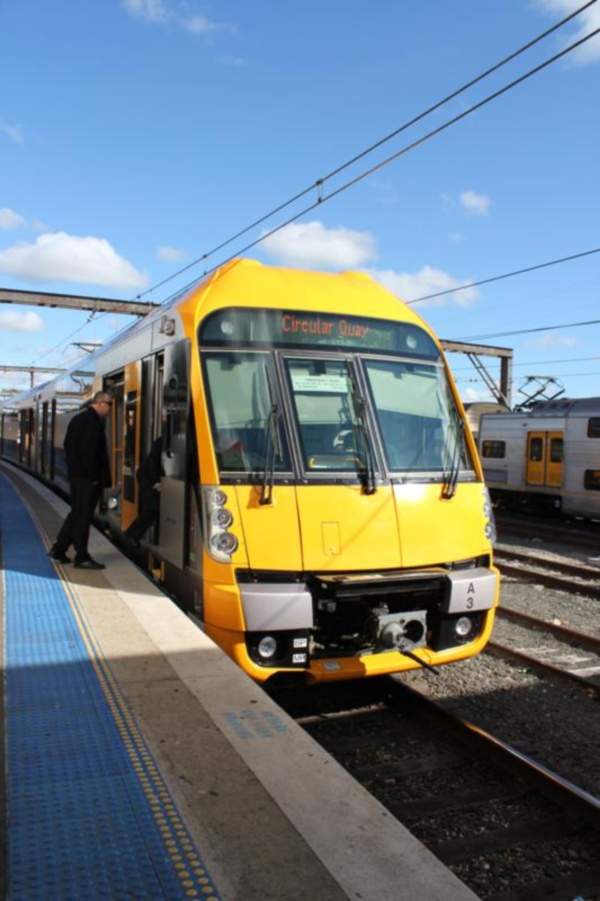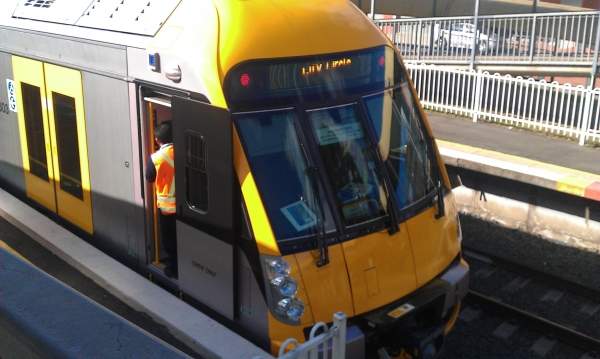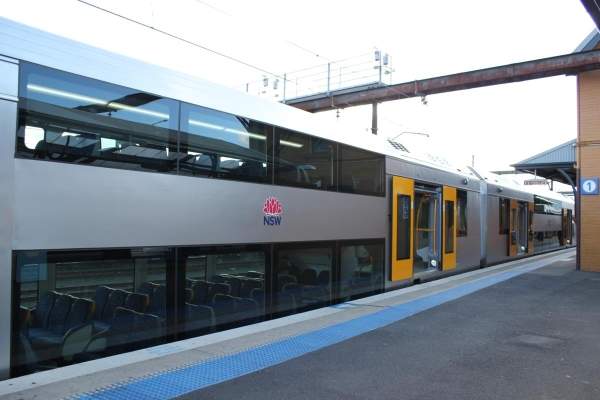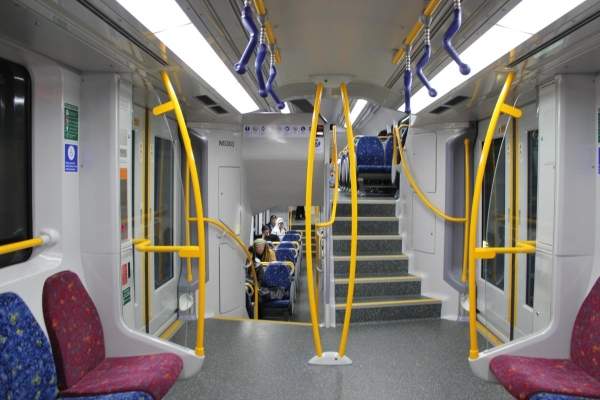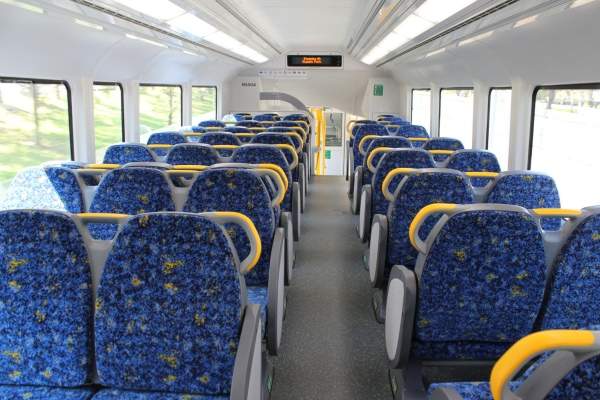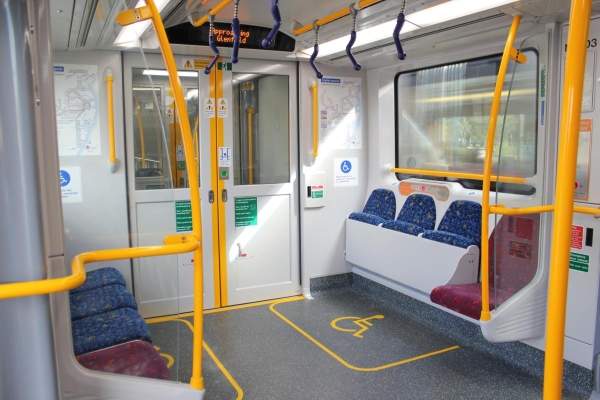Waratah trains, also known as CityRail A set, are newly ordered electric multiple units (EMUs) in Sydney, New South Wales (NSW), Australia. The NSW Government ordered a total of 626 carriages in December 2006, making it the largest single rolling stock order to date in Australia. The trains will be operated by CityRail of Rail Corporation New South Wales (RailCorp).
The 78, eight-car double deck air-conditioned electric CityRail A set will replace 498 non-airconditioned L, R and S set carriages currently in operation in the suburbs of Sydney.
The first prototype was tested from April 2010 to July 2010. The trains will be numbered A1 to A78.
The new trains will offer additional passenger capacity and promote growth of network. The fleet is named after NSW state emblem flower Waratah.
The rolling stock project is being executed by a public-private-partnership (PPP) formed between RailCorp and Reliance Rail in November 2006. The value of the project to finance, design, manufacture and maintain the rolling stock was estimated to be A$1.9bn.
The first train was expected to enter service from December 2010. The deliveries, however, started in July 2011 due to major delays and cost blow-outs. The project is now estimated to cost more than A$3.6bn.
Deliveries of the Waratah trains
The first CityRail A set passenger train has been operating successfully on the Airport & East Hills and South lines in the peak periods since July 2011. It also provides weekend shuttle services to Olympic Park.
The second Waratah train was completed in August 2011 and has been operating on the same lines during off-peak periods. The third train was built in October 2011. It will act as a standby replacement train.
About 20 more trains are in construction and testing phases. Delivery of the entire fleet is expected to be completed by the end of 2014.
Contractors / financiers involved in the Sydner transport project
Reliance Rail will provide 626 rail carriages and two spares driver carriages. The company set-up a $220m purpose-built maintenance facility at Auburn (Auburn Maintenance Centre) in June 2010. It also provided one fixed and one mobile simulator to train the crew in August 2010. Additional services by the contractor are expected to include the provision of CCTV images and vandalism repair.
Hitachi and Downer EDI Rail joint venture is the engineering and service consultant for Reliance Rail. Downer EDI Rail PPP Maintenance, a subsidiary of Downer EDI Rail, will be responsible for the maintenance of the fleet for 30 years on behalf of Reliance Rail.
Halcrow is the technical advisor to RailCorp, providing design review services for the fleet, crew training simulators and the maintenance facility. The traction system is being supplied by Hitachi. The braking system is supplied by Knorr Bremse.
Equity partners of Reliance Rail include Downer EDI (49%), AMP Capital Investors (25.5%), Royal Bank of Scotland Group (12.75%), International Public Partnerships (formerly Babcock and Brown Partnerships) (12.75%).
Waratah design and features
The Waratah next generation trains will offer improved safety, strength and accessibility over the existing fleet. The eight-car train will have a length of 163.1m with each car measuring about 20m long. The trains will be 4.4m high and 3.035m wide. The stainless steel carriages will weigh about 48t to 51t. The trains will have capacity to run at speeds of 130km/h.
The CityRail A set will have a seating capacity of 896 per carriage train with 16 wheelchair spaces. The seating of trains is made comfortable by using durable woollen moquette fabric and vandal resistant seats. The compartment of the guard is situated at the rear of the train, allowing movement of passengers in between carriages.
Safety, security and accessibility features
The trains will feature interiorSmart air-conditioning, an increased number of internal closed-circuit TVs (CCTV), advanced fire detection technology, wider entrance areas and passable carriage configuration.
They will also provide improved disability access with 16 wheelchair spaces for every eight carriage train, more handrails and additional passenger Emergency Help Points.
The carriages will be monitored using 64 internal and 32 externally installed CCTVs. The cameras, installed by Axis Communications, capture high resolution images using progressive scanning technology and consume power over ethernet.
Two forward facing cameras are installed at the ends of each train. The external CCTV provides improvised vision to the guards and enhances safety. The passenger trains also feature LED lighting for energy efficiency.
The trains will have advanced communication and information systems which provide details such as the approaching stations and train stopping patterns through automated announcements and electronic display screens.
Luminescent arrow signs were supplied by Nightshine Australia.

